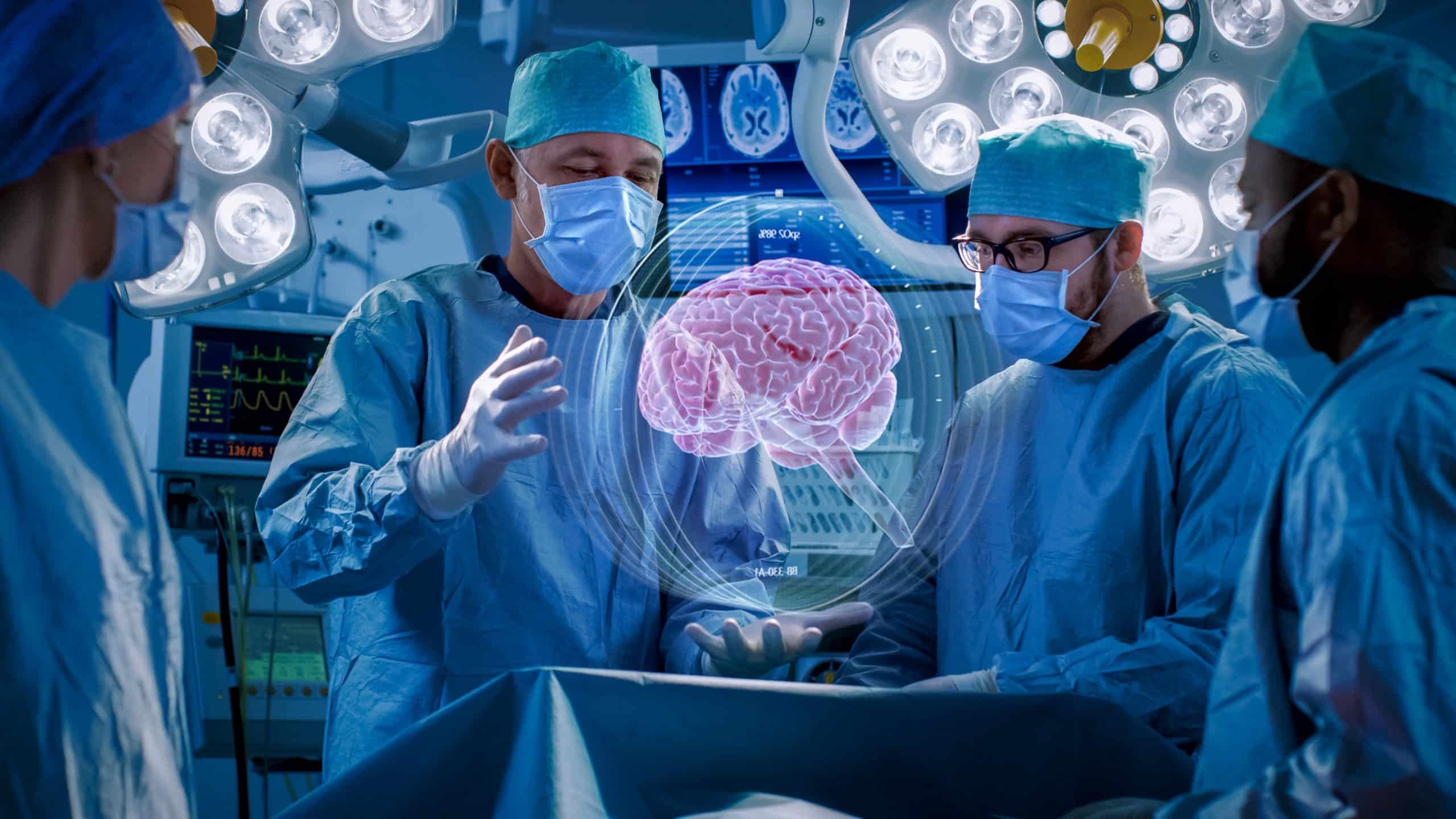The process was long and unusual. For seven years, Guillaume Dumas, at the time researcher at the Institut Pasteur, and Jean-Pierre Changeux, his neurobiologist colleague in the department of Neuroscience, exchanged ideas informally, without any funding. Over time and as a result of the meeting with Konstantin Volzhenin, who was studying for the Master’s in Computational Neurosciences and Neuroengineering, a research project was born.
The three scientists worked on representing a model of the brain in silico, by incorporating several levels of description. “We simulated what happens at the level of the neurons and connections between different cerebral areas – the micro, the meso and the macro – by taking into account the multiple levels at which our brains work when solving a complex task,” said Guillaume Dumas.
“This computational model of the brain represents a clear step forward in fundamental research, into the conditions required for the emergence of consciousness. By incorporating three levels (micro, meso and macro), it allows us to test how a loss of function at the microscopic level, at the level of the neuron, will then have repercussions at the level of the cognitive and behavioral phenomena of an individual,” Guillaume Dumas, ex-researcher at the Institut Pasteur, researcher at the Sainte-Justine University Hospital (Montreal).
This model is capable of making use of its experience to learn. Visual cortex learning was recreated by multiplying classification tasks. This brain simulation then learned to retain internal representations in memory, in order to take increasingly complex decisions. This model sets itself apart from what had been developed thus far, in that it learns to solve these tasks rather like a child learning by experience. “The architecture on which the model converges in the end brings out several phenomena that are experimentally observed in neurosciences on real human brains,” Guillaume Dumas said.
This technological breakthrough could represent a considerable strategic advantage. Guillaume Dumas goes so far as to evoke a “long-term geopolitical governance issue”. As many AI specialists are looking for multi-tasking algorithms, that could potentially lead to an artificial intelligence that would outstrip human intelligence.
This insight into the biological and cognitive mechanisms of the human brain during learning may also contribute to a better understanding of certain neurodevelopmental disorders, such as autism.
The article that summarizes this research was published in the scientific review The Proceedings of the National Academy of Sciences (PNAS) on September 19, 2022 (https://www.pnas.org/doi/10.1073/pnas.2201304119, Multilevel Development of Cognitive Abilities in an Artificial Neural Network).
The research is continuing. “The present model stops at the individual. The next step will be to integrate the social dimension, this “dark matter” of neurosciences and artificial intelligence that is so essential to human cognition,” Guillaume Dumas concluded.



